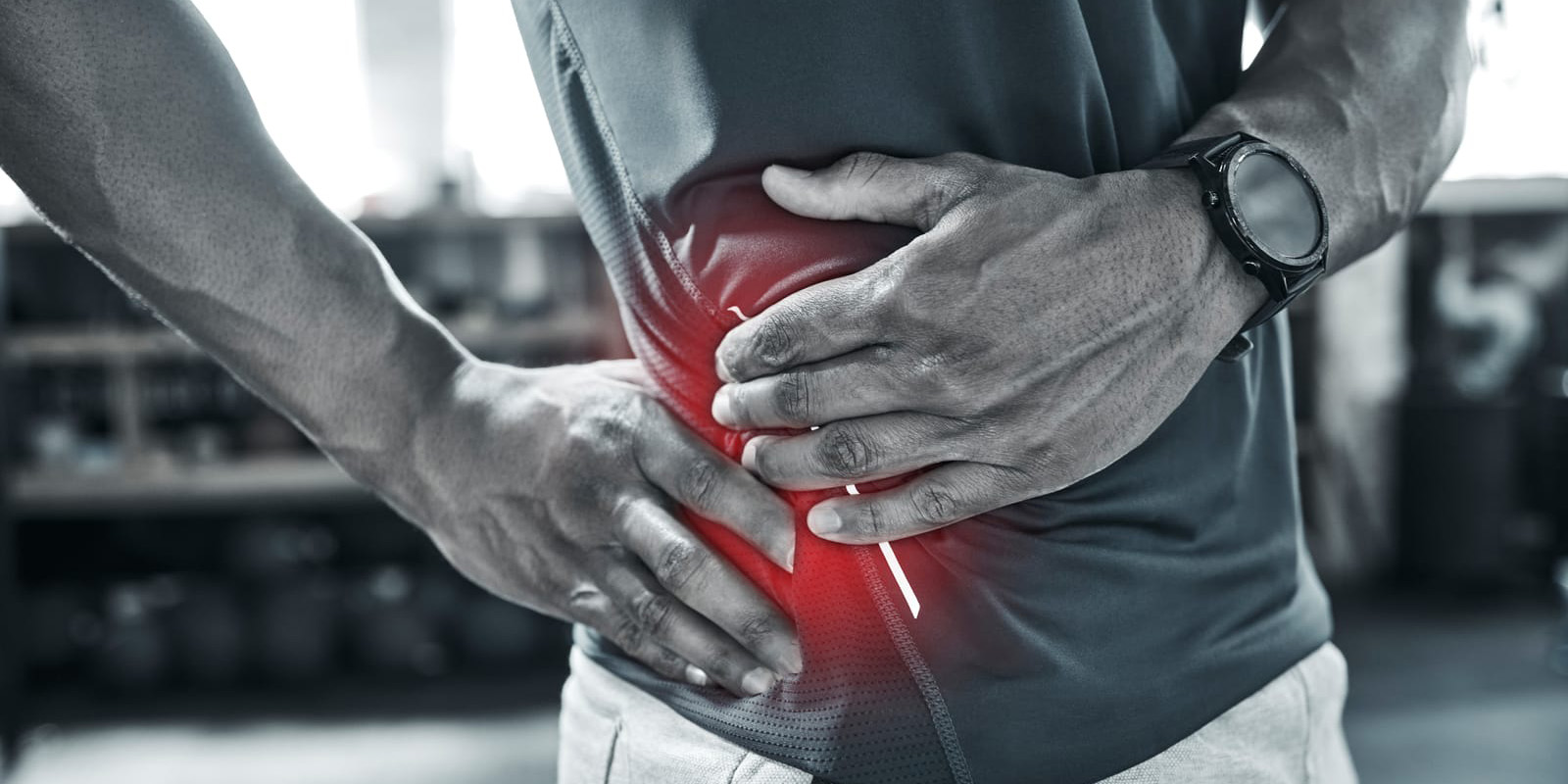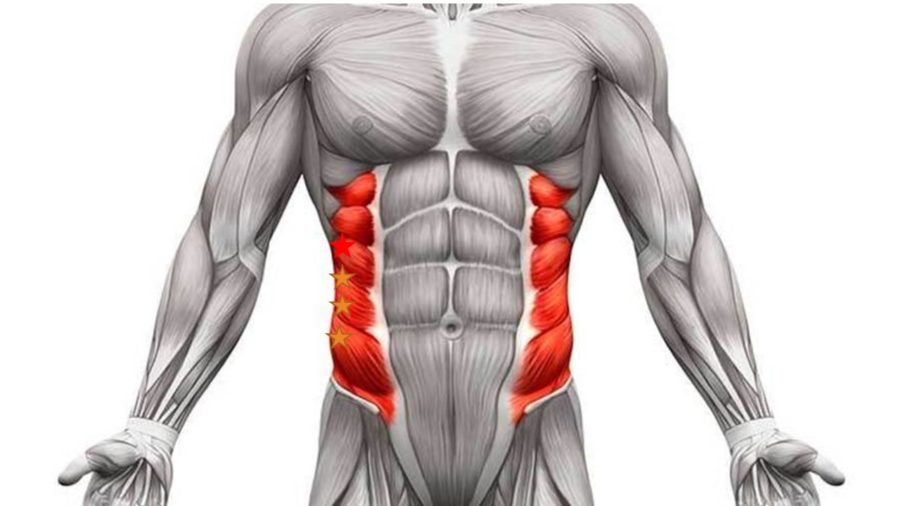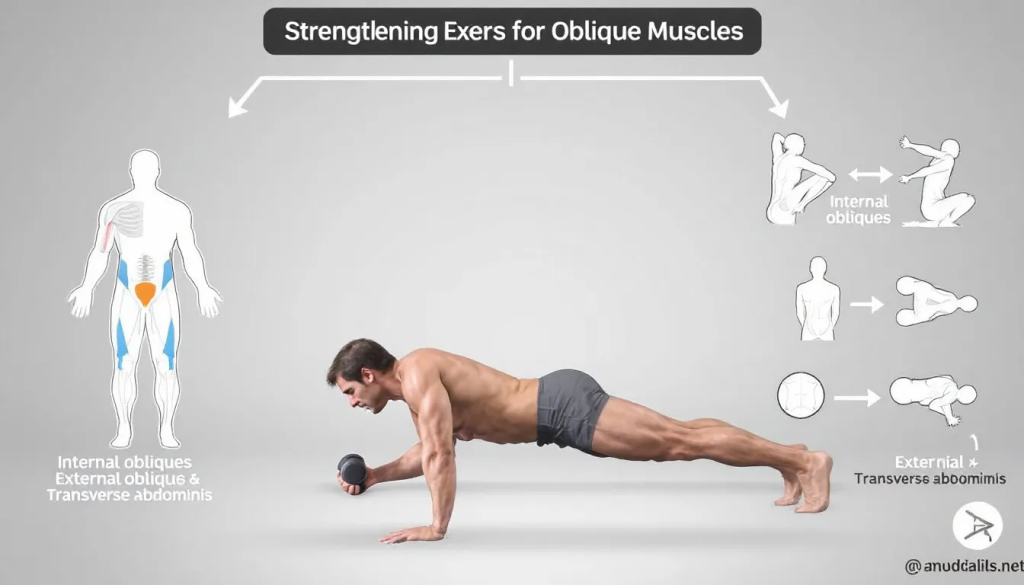The Oblique Injury: A Silent Sideliner for USA Athletes
The oblique muscles, located along the sides of the abdomen, are the workhorses of the core. They are essential for every rotational movement we make, from twisting to throwing. So, when an athlete in the USA’s top sports leagues—be it MLB, NFL, or NBA—suffers an oblique injury, it’s more than just a sore muscle; it’s a significant setback that can derail a season. This deep dive explores the mechanics of oblique injuries, their common symptoms, treatment protocols, and the latest news making headlines in the US sports world.

Anatomy and Causes: Why Oblique Strains are so Common
The abdominal wall has two main oblique muscles: the external obliques (the outermost layer) and the internal obliques (the layer underneath). They work together to twist the torso and bend the spine.
In sports, a sudden, forceful contraction of these muscles—especially during a high-speed twist—is the primary cause of a strain or tear. This makes oblique injuries particularly prevalent in:
- Baseball: Pitchers and hitters are at high risk. The powerful rotation of the core during a pitch or a swing puts immense stress on the obliques.
- Football: Quarterbacks, in particular, are susceptible to oblique strains from throwing motions.
- Golf & Tennis: The repetitive, explosive twisting of a swing can lead to an overuse injury or an acute tear.
- Basketball & Volleyball: Rapid changes in direction and twisting to jump or block can also cause an injury.
In many cases, improper warm-ups, muscle fatigue, or an imbalance in core strength can be a major contributing factor.

Symptoms, Diagnosis, and Treatment for a Quick Return to Play
An athlete with an oblique strain will typically feel a sharp pain on the side of their torso. The pain is often localized and worsens with movement, especially twisting, bending, or even coughing. Depending on the severity, the area may be tender to the touch, and in more severe cases, bruising or swelling may be present.
A medical diagnosis usually begins with a physical exam. For a clearer picture, imaging such as an MRI or ultrasound is often used to determine the grade of the injury and rule out other issues, like a rib fracture.
The path to recovery generally starts with the RICE method: Rest, Ice, Compression, and Elevation. For athletes, however, the process is a carefully managed, multi-stage protocol:
- Initial Phase (Rest & Pain Management): The athlete rests the injured area to allow the initial inflammation to subside. This can include taking over-the-counter anti-inflammatories.
- Rehabilitation (Physical Therapy): As the pain lessens, a physical therapist guides the athlete through a program of gentle stretches and core-strengthening exercises. The goal is to restore the muscle’s flexibility and strength. Exercises often progress from non-loaded stabilization drills to more powerful, rotational movements.
- Gradual Return to Sport: A slow and deliberate return to sport-specific activities is crucial. For a baseball player, this might mean starting with light swings or short tosses before progressing to full-intensity play. Rushing this stage is a common cause of re-injury.

Current Oblique Injury News in the USA
Oblique injuries continue to be a hot topic in US sports news. Recent cases highlight their impact on teams and the careful recovery process.
- NFL Quarterback Shedeur Sanders: Browns rookie quarterback Shedeur Sanders recently sustained an oblique injury during a joint practice with the Eagles. The injury is considered day-to-day, and while the team is being cautious, it’s a notable setback for a young player vying for a spot.
- MLB Pitchers and Players: The MLB season consistently sees a flurry of oblique strains. Pitcher Luis Severino of the A’s was placed on the injured list with a left oblique strain. These injuries are particularly impactful in baseball, as they can sideline a player for weeks to months, affecting pitching rotations and lineup consistency.
For the latest news, you can check reputable sources like ESPN MLB injury reports and CBS Sports NFL injury news for the most recent updates on athlete injuries.
Prevention is Key
For athletes and fitness enthusiasts alike, preventing an oblique strain is always better than treating one. Key prevention strategies include:
- Proper Warm-ups: Performing dynamic stretches and light cardio before any twisting or rotational activity.
- Core Strengthening: Building a strong, balanced core is the best defense against strains. Exercises like planks, side planks, and Russian twists are effective.
- Good Technique: Ensuring proper form during a throw, swing, or lift reduces the load on the obliques.
By understanding the nature of these injuries and adopting a proactive approach, athletes can better protect themselves and stay in the game.


